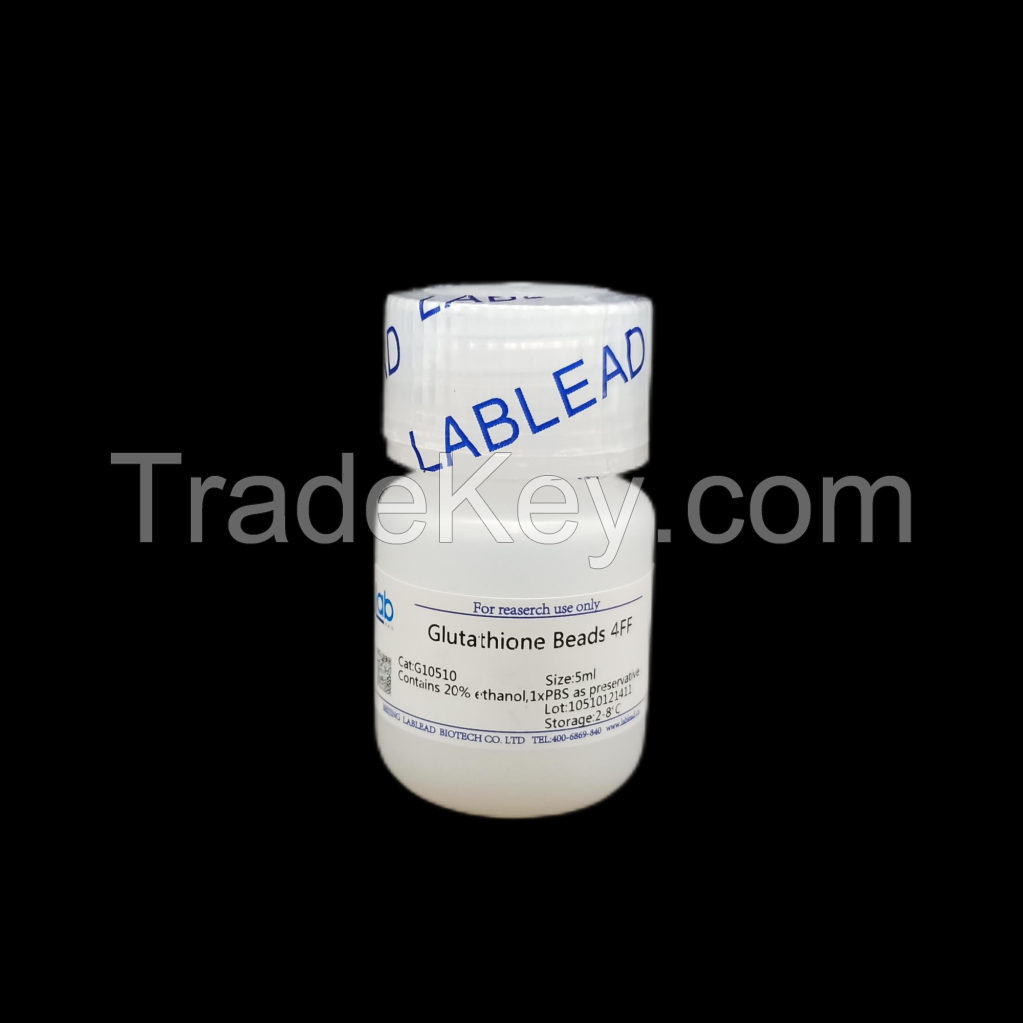

Precio FOB
Obtener el precio más reciente|
- Minimum Order
País:
China
N º de Modelo:
-
Precio FOB:
Lugar de origen:
China
Precio de pedido mínimo:
-
Cantidad de pedido mínimo:
-
Detalle de embalaje:
-
El tiempo de entrega:
7-15 days if in stock
Capacidad de suministro:
-
Tipo de pago:
T/T, L/C, D/A, D/P, Western Union, Money Gram, PayPal
Grupo de productos :
CAT:G****0
| Item | Feature |
| Matrix | Highly crosslinked 4% agarose gel |
| ligand | Glutathione coupled by a **-atom spacer arm |
| capacity | >*0 mg GST-tagged protein(*0 kDa) /ml resin |
| Microsphere size | *****5 um |
| maximum pressure | 0.3 MPa, 3 bar |
| pH stability range | ***2 |
| Storage buffer | 1xPBS containing *0% ethanol |
| storage temperature | **8°C |
| País: | China |
| N º de Modelo: | - |
| Precio FOB: | Obtener el precio más reciente |
| Lugar de origen: | China |
| Precio de pedido mínimo: | - |
| Cantidad de pedido mínimo: | - |
| Detalle de embalaje: | - |
| El tiempo de entrega: | 7-15 days if in stock |
| Capacidad de suministro: | - |
| Tipo de pago: | T/T, L/C, D/A, D/P, Western Union, Money Gram, PayPal |
| Grupo de productos : | Protein Biology |
